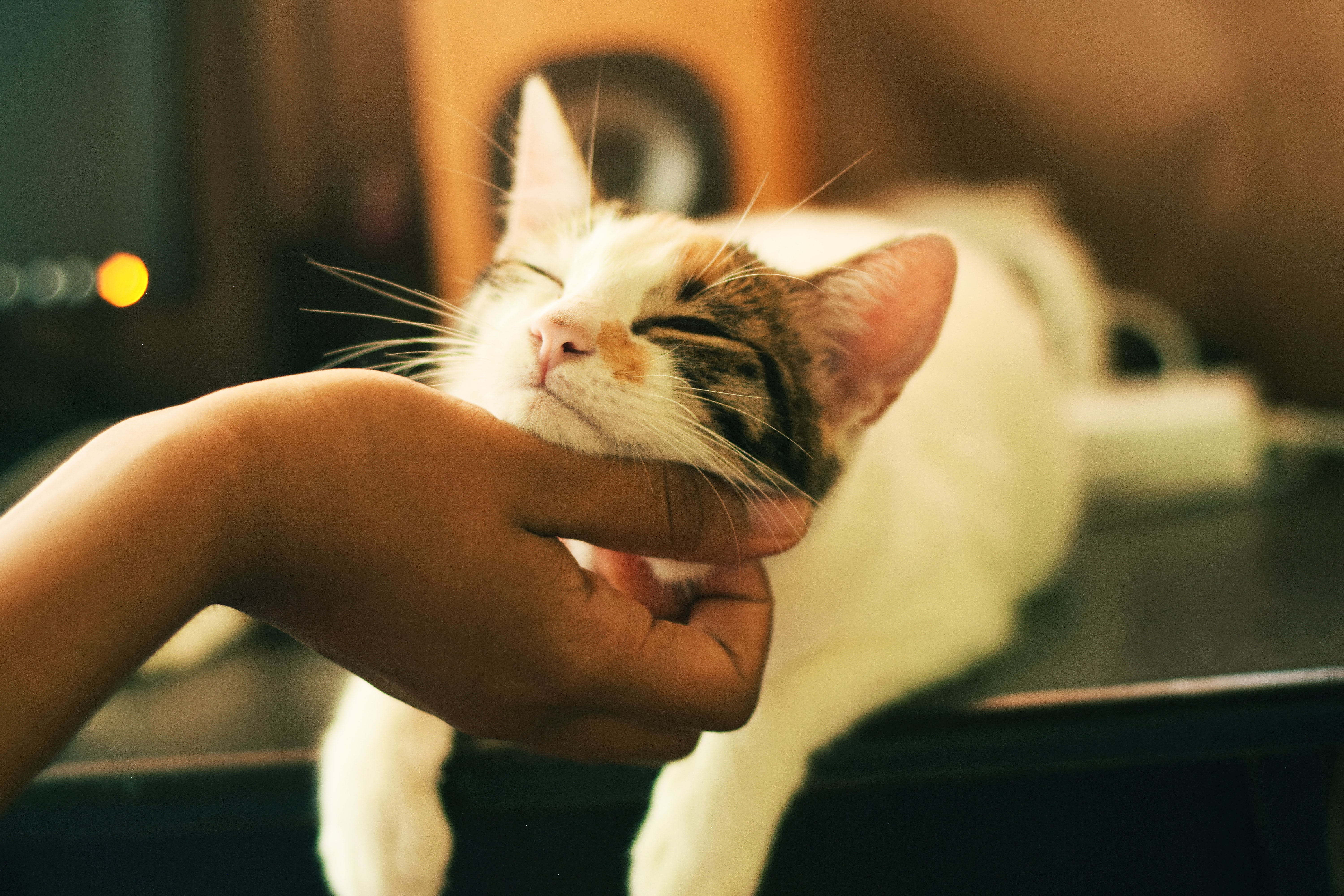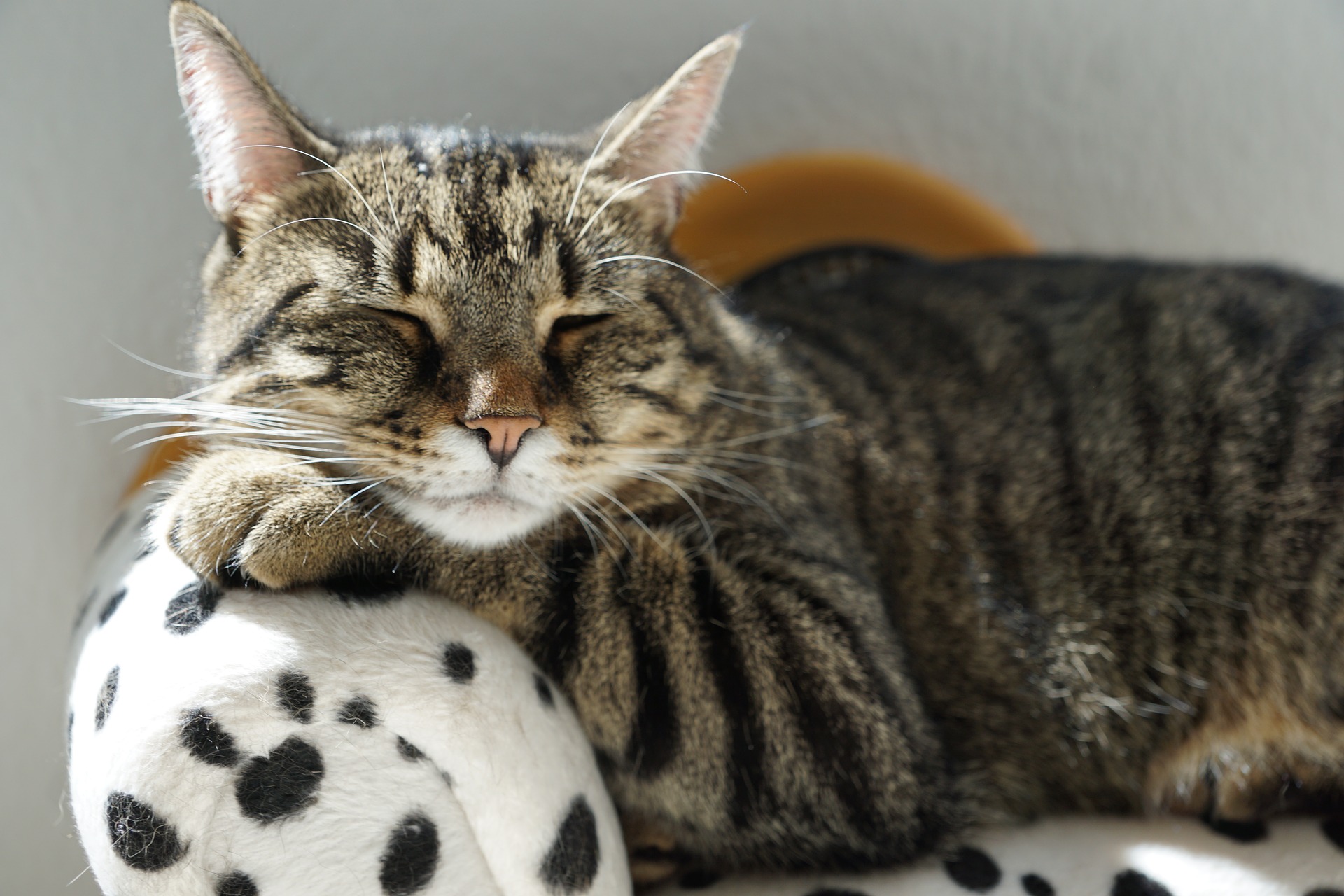Cats much like humans have subjective experiences, meaning they can feel emotions that are their own such as being happy, sad, angry, or scared. Your cat’s life is made up of many different subjective experiences which come together to influence their overall quality of life. If your cat’s life consists of mostly positive experiences, then they are happy, living a fulfilling life and have good welfare.

So how do you help keep your cat happy?
You can do this by providing them with the best quality of care possible.
Following these three simple steps will help your cat to be a happy cat!

1. Provide your cat with everything they need
To keep your cat happy and thriving make sure you are meeting their needs by providing suitable nutritional care, environmental conditions, health care, and behavioural opportunities. Providing your cat with a safe, comfortable, and enriching home will give your cat the opportunity to experience consistent positive experiences.

2. Allow your cat to express ‘natural behaviours’.
Allowing your cat to express natural behaviours doesn’t mean that you need to turn your home into a jungle, rather it is about creating an environment that allows your cat to express their natural behaviours which they enjoy engaging in such as scratching, resting, and playing. These behaviours can be encouraged in a range of different ways, examples include having a cat climbing/scratching tree, cat toys, and designated play time, and comfortable, peaceful and secure resting places. It is important to understand that much like humans no cat is the same, they all have unique personalities and life experiences that influence how they will respond to different stimuli. So, if your cat is not responding to certain toys, bedding, playing etc. just keep trying different things!

3. Allow your cat the opportunity to exercise choice
Your cat should have the opportunity to exercise choice in their daily lives, this could include choosing whether they would like to interact with certain objects, people, or spaces. The greater number of choices available, the more likely your cat is to have positive experiences. Choices are also more likely to enable your cat to gain skills and confidence by engaging in problem-solving. In some instances, choice may be more important than actually making a decision. For example, your cat may indicate a desire to use a napping space that is not made accessible during the day, yet, when it’s given full-time access, it may choose not to use it.

Interested in learning how to provide the best quality of care for your cat so that they can thrive?
Read about best practice in cat nutrition, health, environment, and behaviour.
*These tips were compiled from resources by RSPCA and SPCA.
Read SPCA's guide to Keeping Your Cat Safe and Happy at Home for more paw-some tips.